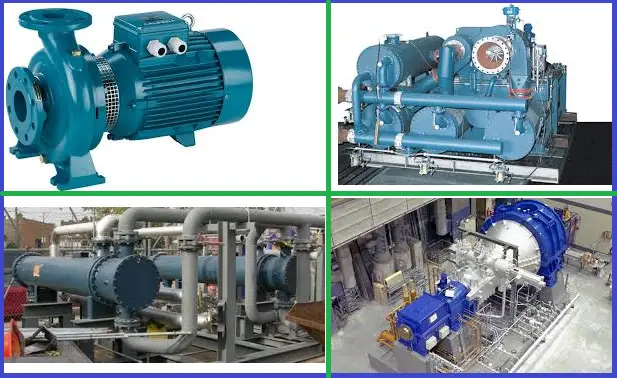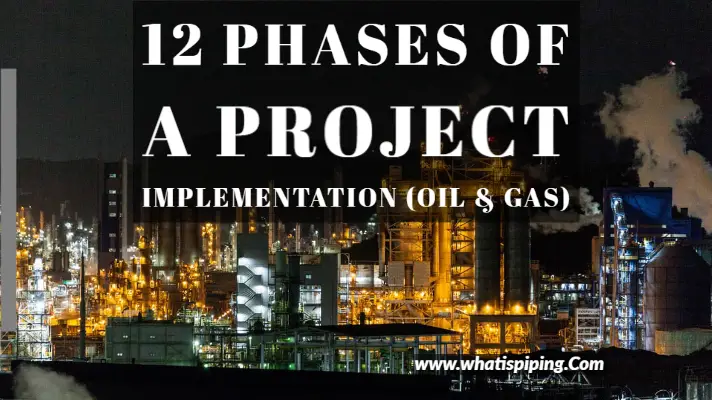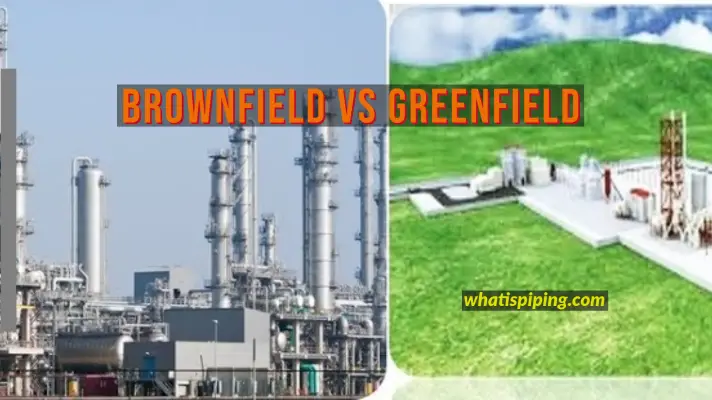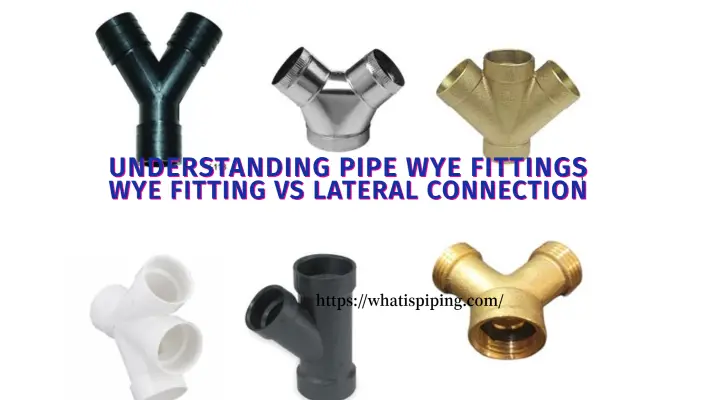In the realm of construction and procurement, two crucial sets of documents play a vital role in ensuring a smooth and transparent process: Tender Documents and Contract Documents. These documents are pivotal in the project lifecycle, but they serve different purposes and carry distinct information. Understanding their differences and importance is essential for all stakeholders involved in construction projects. In this article, we will dive deep into the dissimilarities between Tender Documents and Contract Documents to shed light on their individual roles and significance.
Tendering is the process of inviting bids for a project. A formal bid, offer, or proposal for Projects, Goods, or Services within a specified deadline is invited or requested by the tendering process. A tender is basically a written offer for executing some specified work within a pre-decided time as per written terms and conditions and agreements. Tender Requests or Tendering includes various documents like ITB (Invitation to Tenders), RTF (Requests for Tenders), RFP (Requests for Proposals), etc which are known as Tender Documents.
Tender Documents
Tender documents form the cornerstone of the project’s initial stage, serving as a call for potential contractors to submit their bids or proposals. These documents are meticulously prepared by the client or the project owner and provide comprehensive information about the project’s scope, requirements, and conditions. The primary objectives of tender documents include:
- Project Information: Tender documents include an overview of the project, its purpose, location, and any specific requirements, enabling potential bidders to assess their capability to undertake the project.
- Technical Specifications: This section outlines the technical aspects of the project, such as engineering drawings, design requirements, materials, and any other technical details essential for bidders to understand the project’s complexity.
- Contract Conditions: Tender documents also specify the terms and conditions under which the project will be executed. This includes details on the contract duration, payment terms, performance guarantees, insurance, and dispute resolution mechanisms.
- Tendering Procedures: The documents clearly lay out the tendering process, including the submission deadline, method of submission, and any specific instructions or requirements to be fulfilled by bidders.
- Evaluation Criteria: The criteria for assessing and selecting the winning bid are stated in the tender documents. This ensures transparency and fairness throughout the selection process.
Contract Documents
Once the tendering process is complete, and a contractor is chosen, the tender documents evolve into contract documents. These contract documents establish a legally binding agreement between the client and the contractor, outlining the roles, responsibilities, and expectations of both parties during the execution of the project. Key components of contract documents include:
- Agreement/Contract: This is the core document that outlines the formal agreement between the client and the contractor, including the scope of work, project timeline, compensation, and any special conditions.
- General Conditions of Contract (GCC): The GCC are standard terms and conditions that apply to all construction projects under the client’s purview. These include details related to variations, delays, extensions, and termination procedures.
- Special Conditions of Contract (SCC): The SCC are project-specific conditions that supplement the GCC, providing additional instructions or specifications unique to the particular project.
- Drawings and Specifications: Detailed engineering drawings and technical specifications are included in the contract documents. These serve as the guidelines for the contractor to execute the project as per the client’s requirements.
- Performance Bonds and Guarantees: The contract documents may require the contractor to provide performance bonds or guarantees as security against potential non-compliance or default.
Differences between Tender Documents and Contract Documents
Here’s a tabular format outlining the major differences between Tender Documents and Contract Documents:
| Aspect | Tender Documents | Contract Documents |
|---|---|---|
| Purpose | Define the roles, responsibilities, and expectations of both parties | Formalize a legally binding agreement between the client and the contractor |
| Preparation | Prepared by the client or project owner | Developed based on the accepted bid from the contractor |
| Objective | Select a suitable contractor for the project | Detailed guidelines for executing the project as per the client’s requirements |
| Contents | Project overview, technical specifications, contract conditions, tendering procedures, evaluation criteria | Agreement/Contract, General Conditions of Contract, Special Conditions of Contract, Drawings, Specifications, Performance Bonds and Guarantees |
| Binding Nature | Non-binding until the contract is awarded | Legally binding upon acceptance and signature by both parties |
| Scope | Outlines project requirements and conditions for bidding | The initial stage of the project |
| Timeframe | Initial stage of the project | Continues throughout the project execution |
| Significance | Determines the potential contractors for the project | Governs the relationship between client and contractor |
| Amendments | Changes may occur before the contract award | Changes require formal procedures and documentation |
| Focus | Emphasizes project requirements, conditions, and evaluation criteria | Focuses on contractual obligations, responsibilities, and deliverables |
| Selection of Contractor | Based on the bid evaluation process | Pre-selected contractor based on the accepted bid |
| Legal Status | Non-binding invitation to contractors to bid | Legally enforceable and defines rights and obligations |
Please note that the specific content and format of these documents may vary depending on the project, location, and the specific requirements of the parties involved. It is essential for all stakeholders to carefully review and understand these documents to ensure a successful and compliant project execution.
Conclusion
In conclusion, while both Tender Documents and Contract Documents are critical elements of construction projects, they serve distinct purposes. Tender Documents facilitate the selection of a suitable contractor through a transparent bidding process, while Contract Documents formalize the legal agreement between the client and the chosen contractor. Understanding the dissimilarities between these documents is vital for successful project execution, fostering clear communication, and minimizing potential disputes. Both parties must carefully review and comprehend these documents to ensure a collaborative and smooth construction journey from inception to completion.








